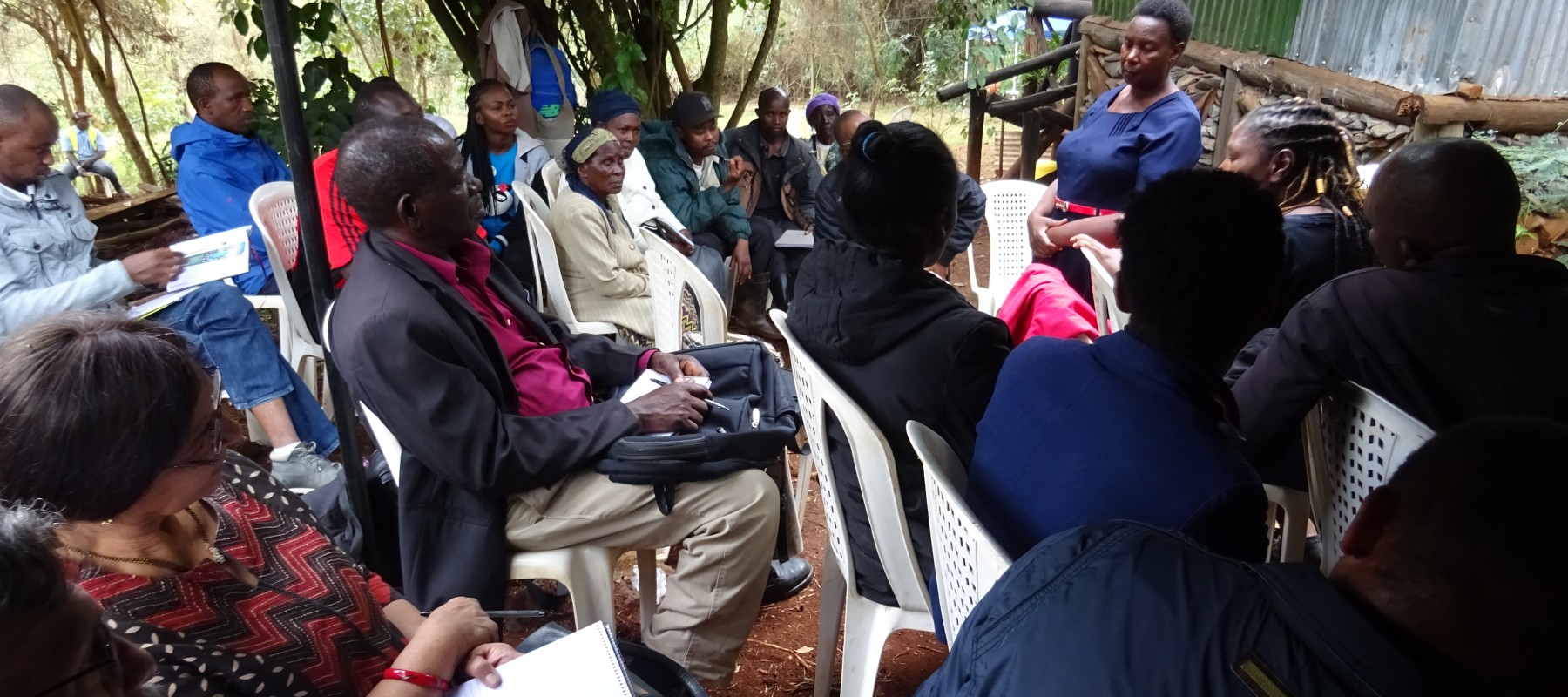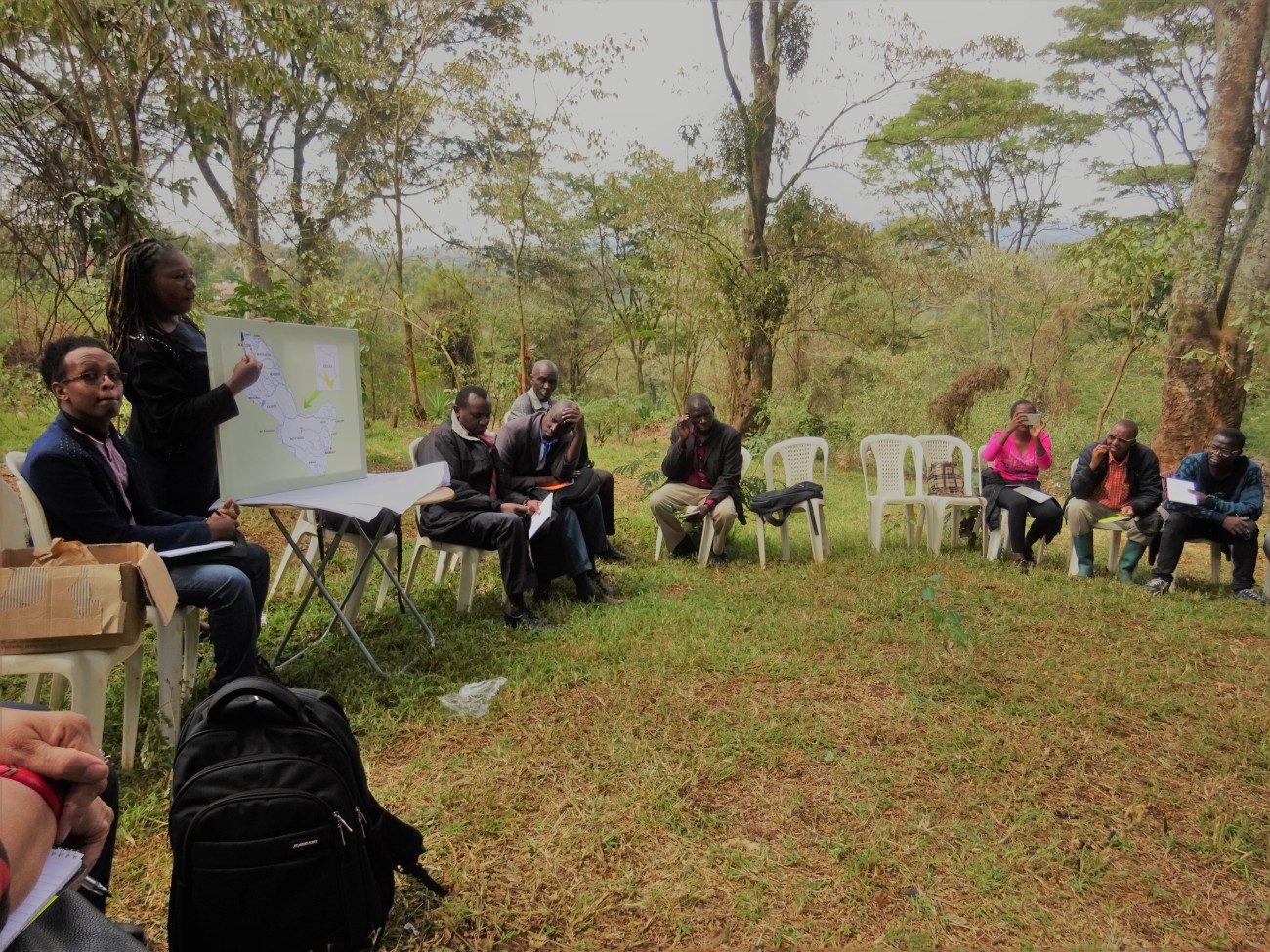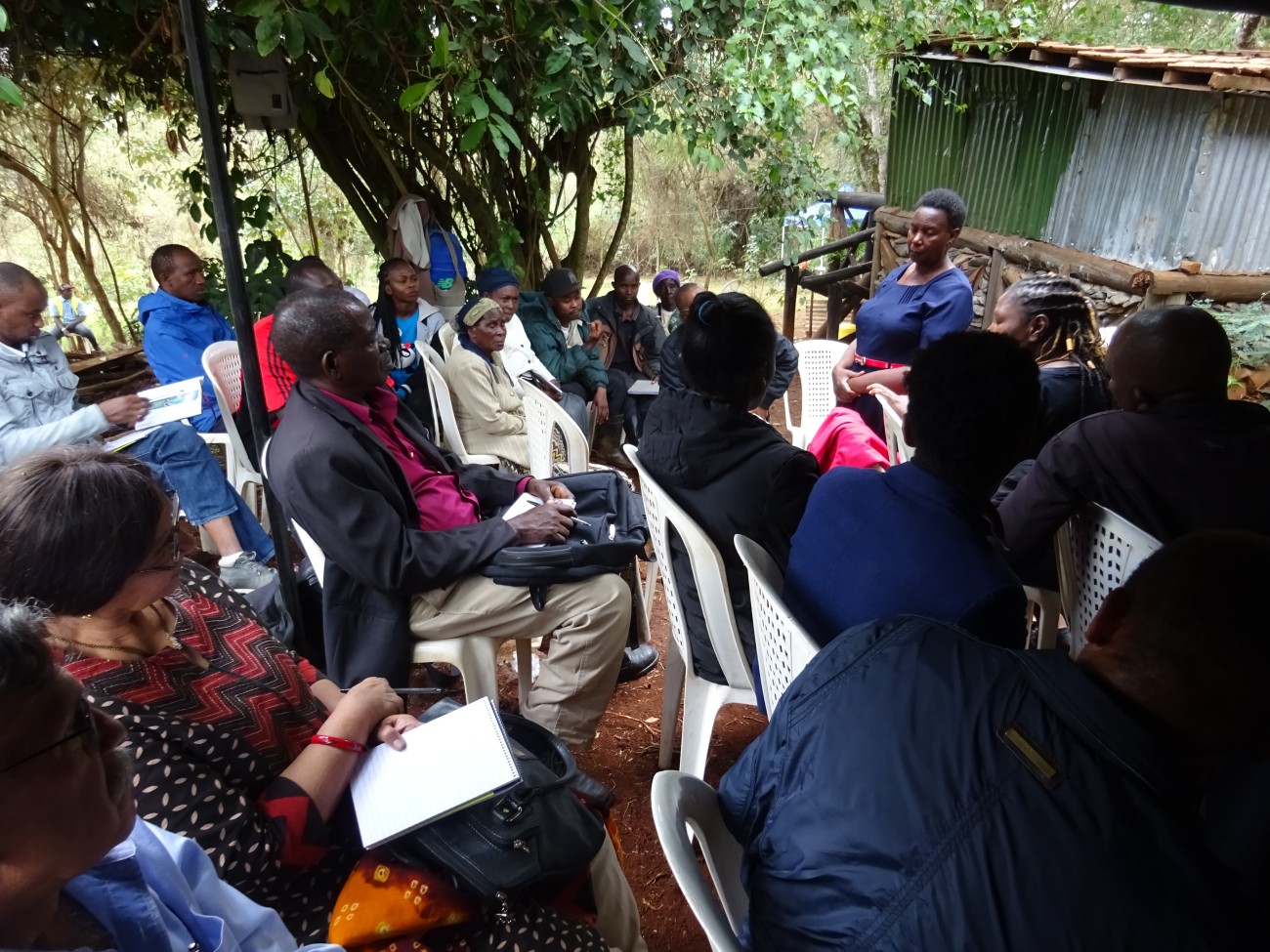
Blog: A collective of local perspectives: an inclusive watershed approach for the Athi River in Kenya
What would you do if you were living in an (semi-arid) area where water is extremely precious, yet it continues to be extracted and polluted indiscriminately? Through pollution and water scarcity, people within the Athi River Watershed already learnt the hard way that up- and downstream communities are connected. In response to indiscriminate impacts on the environment and their livelihoods, civil society organisations within this watershed formed the Athi River Community Network (ARCN). They embrace the fact that they are connected to promote solidarity. By taking the initiative to draw a desired ‘development path’ of their own, this network has pioneered the process to develop a vision for the responsible use of the available resources of the Athi River Watershed.
Through the Athi River Community Network, civil society organisations have a platform for peer-to-peer discussions about their challenges and explore opportunities for collaboration. Not only do these interactions enhance mutual capacity development; essentially, they also contribute to a sense of solidarity among local communities that experience serious threats to their ecosystem and livelihoods.

The ARCN coming together for a 3-day workshop in Thogoto Forest, which is one of the sources of the Athi River watershed
Thanks to up- and downstream interactions, the ARCN has found that different localised problems are often related to overarching institutional problems. Problems on the ground vary from one location to another – including pollution, encroachment of riparian land, and erosion – which may require different types of interventions. Yet, in order to make local interventions possible and fit the needs specific to the context, local institutions need to enable communities to actively participate in the decision-making processes. Moreover, as local interventions should be in harmony with the carrying capacity of the entire watershed, members of the ARCN underscore that communities’ local perspectives and needs should be incorporated in a governance plan for the entire watershed.
In the end, the ARCN strives for the inclusive governance of the Athi River Watershed as a whole, in which local communities actively participate in the decision-making processes that have an effect on their lives. With that objective in mind, the ACRN has started the process of engaging in ongoing dialogues with different government authorities. These civil society <–> government interactions do not only occur in conference rooms; government officials showed their interest by participating in ARCN’s workshop in the Thogoto Forest of last April. As one of the sources of the Athi River Watershed, they came together at an ideal location to discuss the responsibilities and duties of various stakeholders to conserve a shared ecosystem.

The ARCN exchanges knowledges, experiences and concerns with the Water Resources Authority in Thogoto Forest
Participants in the workshop of last April realised that dialogue and negotiations will not result in changed policies and practices overnight, but that listening to each other is an important first step. The ARCN also identified a potential opportunity as a result of their interaction with government officials. As per the Water Act 2016, there will be Basin Water Resources Committees (BWRCs) that should advice the Water Resources Authority on management of the respective basin’s water resources. Although the procedure for the composition of committee members is still controversial; there is also an opportunity to nominate a representative on behalf of the ARCN to become a member for the BWRC.
Change will take time, but it takes a first step and commitment to make change happen. To be continued…
The Athi River Community Network is coordinated by the Kenyan organisation Millennium Community Development Initiatives (MCDI). MCDI is supported by Both ENDS through the Fair Green and Global Alliance, which is one of the strategic partnerships between the Netherlands’ Ministry of Foreign Affairs and civil society organisations.
